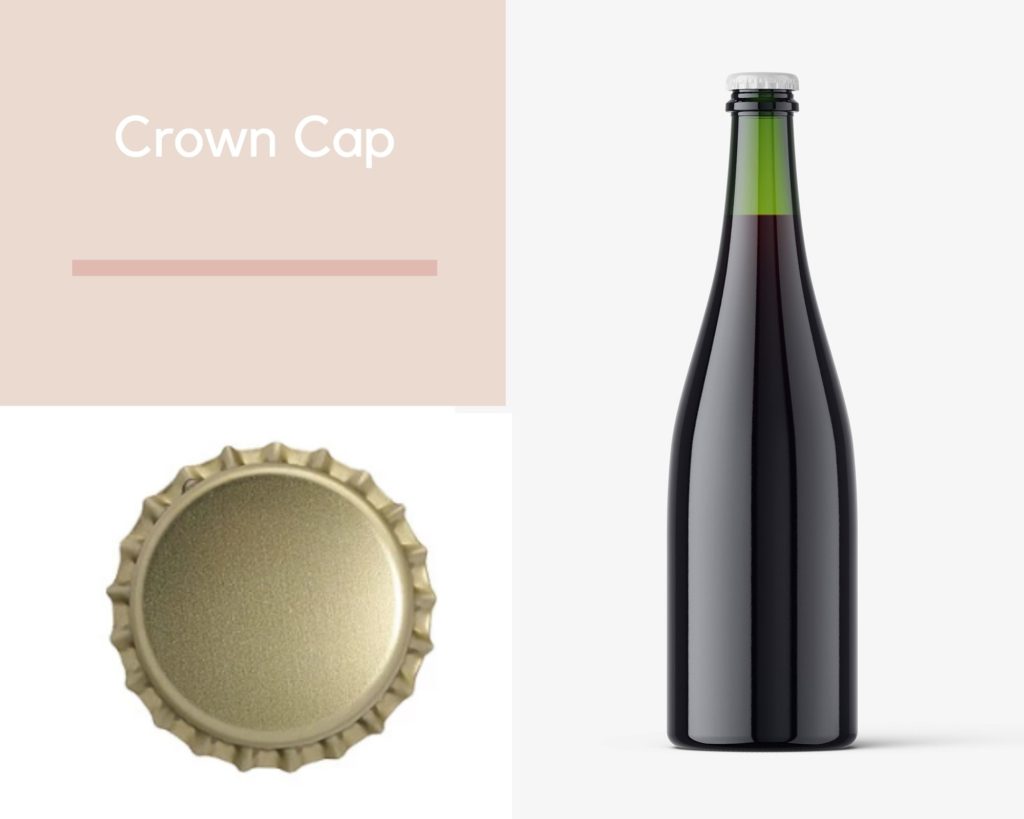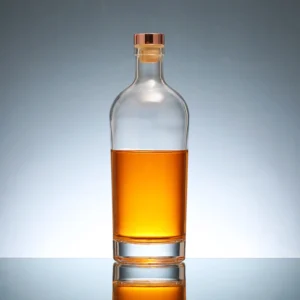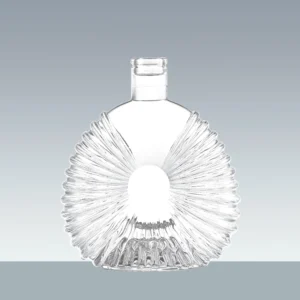Whisky bottles sizes in the world! It’s a fascinating topic, indeed. Whiskey bottles have several…
Types Of Wine Bottles Tops
Wine bottle tops were first used in the 17th century and are still a top choice by modern winemakers. They are effective closures that ensure the wine age without losing its aroma, color, and mouthfeel. Bottle wine tops are crafted with porous materials that allow minimal air contact making the wine add flavor and color while in the winery. Modern winemakers use different types of toppers to impact the buying and drinking of wine. Traceable air amounts penetrating in the wine bottle help smoothen tennis, substances found in grape skin that can alter the wine’s mouthfeel. Beneath are the different types of wine bottle tops.
Natural or Traditional Cork
Natural cork is obtained from the cork tree bark. This wine bottle stopper has been around for centuries, and almost 80% of modern winemakers use it to seal their wine bottles.
Reportedly, the oaks making these bottle wine toppers originate from Portugal and North Africa in quarter-century-old trees. The Natural cork provides top breathability that ensures the wine age with improved flavor, color, and mouthfeel. Moreover, it allows easy insertion and removal from the wine bottle, impacting how people drink wine. These corks are re-usable, helping conserve the environment.
The massive use of natural corks has helped save the cork forests from extinction. With that in mind, this also helped create employment for people in charge of the cork forests. Unfortunately, these corks are not easily available, and their prices are hefty.
Synthetic Corks
The inner foam and outer skin of Synthetic Corks boast different materials. Manufactures use polyethylene-based compounds to design the exterior parts of the cork. However, the inner part is made of materials resembling natural cork, including sugar cane.
These corks have consistent breathability that improves the quality of wine in the winery. More interestingly, they are re-usable, helping conserve the environment. Synthetic corks are easy to print on, like natural ones. Their prices and density also vary, making them accessible to winemakers with fixed budgets.
However, the performance of the cock is affected by the wine’s expected consumption time, lifestyle, and stock rotation. The inner part made with petroleum-based material is not re-usable. Also, this synthetic material can absorb aroma from the wine resulting in aroma sculping. Synthetic Corks are not prone to cork taint and TCA contamination.
Screw caps
Screw caps are also among the most used bottle closures by modern winemakers. Reportedly, more than 80% of New Zealand’s winemakers use these wine bottle toppers as they deliver according to their expectations.

Opening and closing them is also easy, enhancing consumer’s wine-drinking experience. Screw caps are more durable than natural corks assuring winemakers proper wine storage. Also, they are recyclable to help conserve the surroundings.
Vinolok Wine Closures
Vinoseal Closures are made from glass. They are expensive and not ideal for aging wine. With that in mind, winemakers can consider other bottle wine tops if they want the best for their consumers. Vinolok toppers are recyclable and environmentally – friendly.
Moreover, they are easy to open and TCA or cork taint-free. They boast elegant looks that impact the purchase and drinking of wine. Allowing little or no oxygen to penetrate slows down the development of wine. Winemakers can find them in various sizes and colors that help market the wine. Unfortunately, these toppers can also absorb the aroma of the wine.
Zork Wine Tops
Zork Wine Tops are synthetic closures manufactured in Australia. These toppers are ideal for 750ml wine bottles and are re-usable once opened. Also, Zork wine tops produce a romantic pop sound that adds flavor to the wine-drinking experience. The topper’s elegant designs make them taint or TCA-free. However, these tops are more expensive and harder to get.
 Hermetic Corks
Hermetic Corks
Hermetic wine bottle tops are re-usable and airtight corks that improve the quality of odd wine over time. These toppers come in various colors arouse consumer’s curiosity. Also, they produce a ‘pop’ sound that adds a romantic touch to the wine drinking.
 Helix wine closures
Helix wine closures
Helix wine toppers are made from cork and glass, making them recyclable and environment-friendly. They are easy to open and close if the cock style is implemented. However, these closures require spiral bottlenecks for effective opening and closing.
Crown Cap
Crown Caps offer consistency and reliability in wine storage and are mostly used on beers and beverage bottles. Crown caps or seals were invented in the 1890s, Baltimore by William Painter. Moreover, they are still In use today and are also ideal for sparkling wines.
Tasting Corks
These are natural closures that are easy to insert and remove in the bottle of wine. They mainly fit on standard 375ml, 750ml, and 1.5litres wine bottles. However, they may not be ideal for wines manufactured to last and improve over time. Additionally, Tasting Corks are re-usable and environmental-friendly.
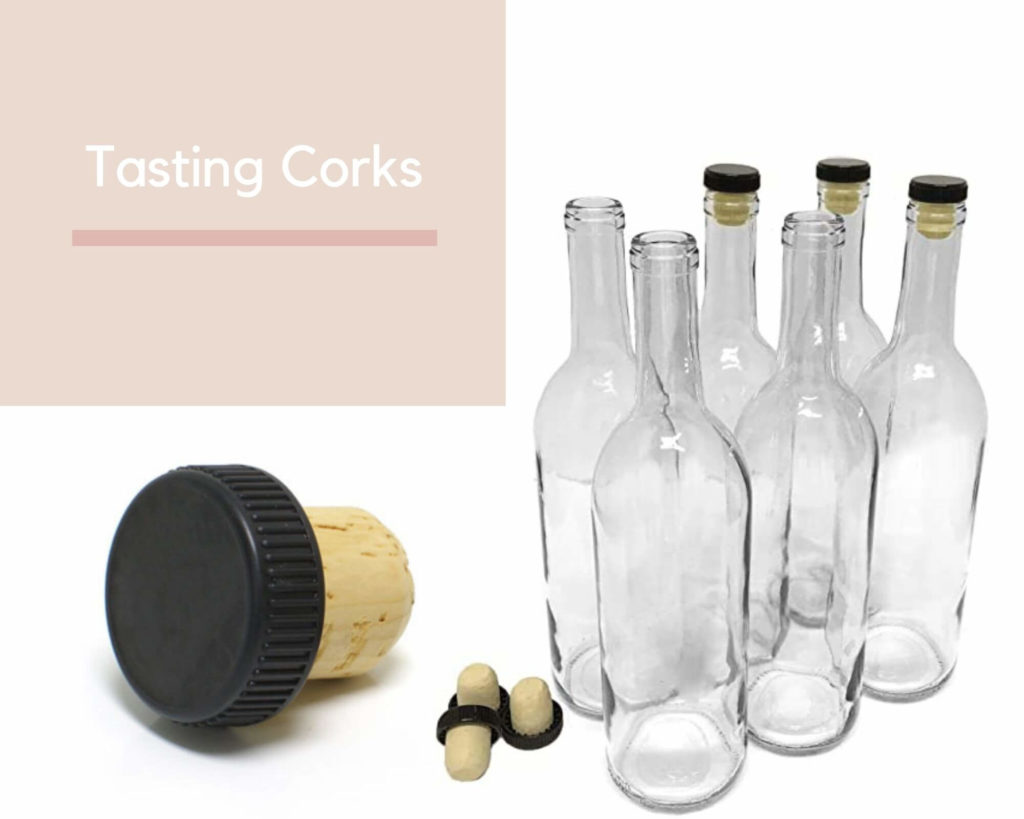
Which is the best wine bottle top?
The wine bottle tops mentioned above have advantages and drawbacks. Also, they are used by various winemakers to meet different wine needs. As already stated, many modern winemakers are using Natural corks and screw tops for their wine bottles. Yes, these corks have stood since the 17th century, but that does not imply other toppers are not worth it. It is also important to note winemakers produce short-term and aging wine. Therefore, this makes all these wine bottles top useful. The company budget also matters when choosing these wine bottle tops as some are expensive while others are affordable. Winemakers should choose wine bottle tops that meet their production needs and enhance consumers’ wine-drinking experience. Let us expect more improvements from companies manufacturing the wine bottle tops in years to come. With that being said, no wine bottle closure is more important as they all meet different needs.



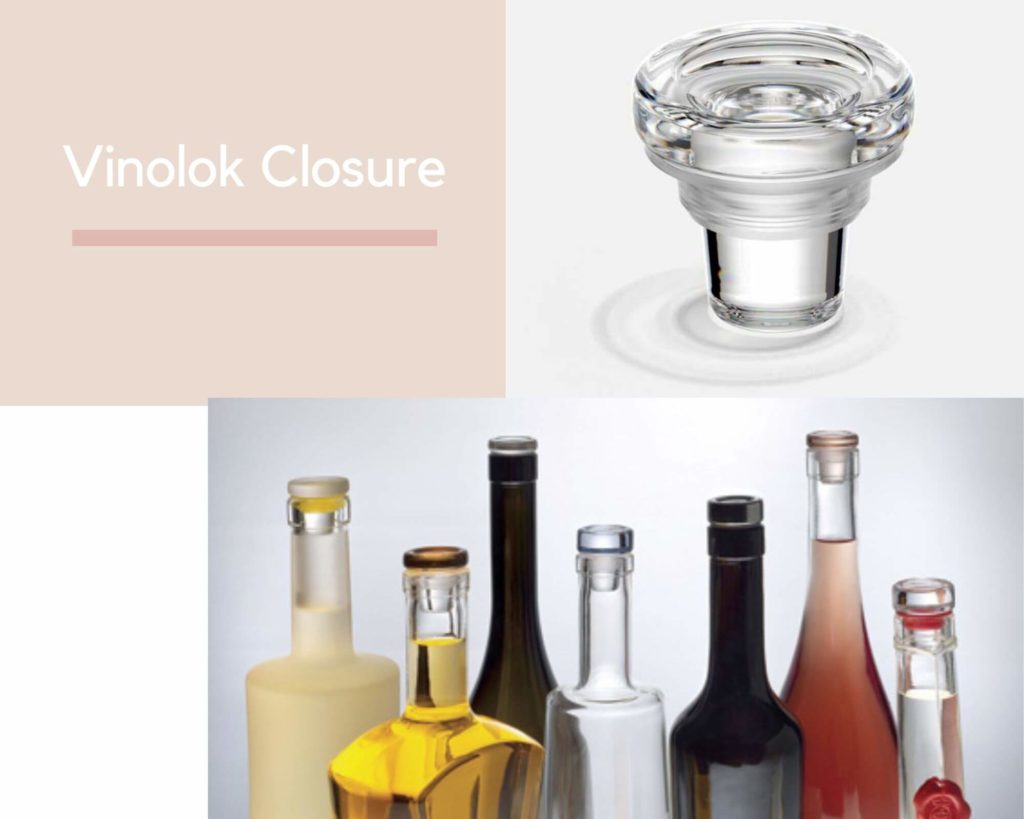
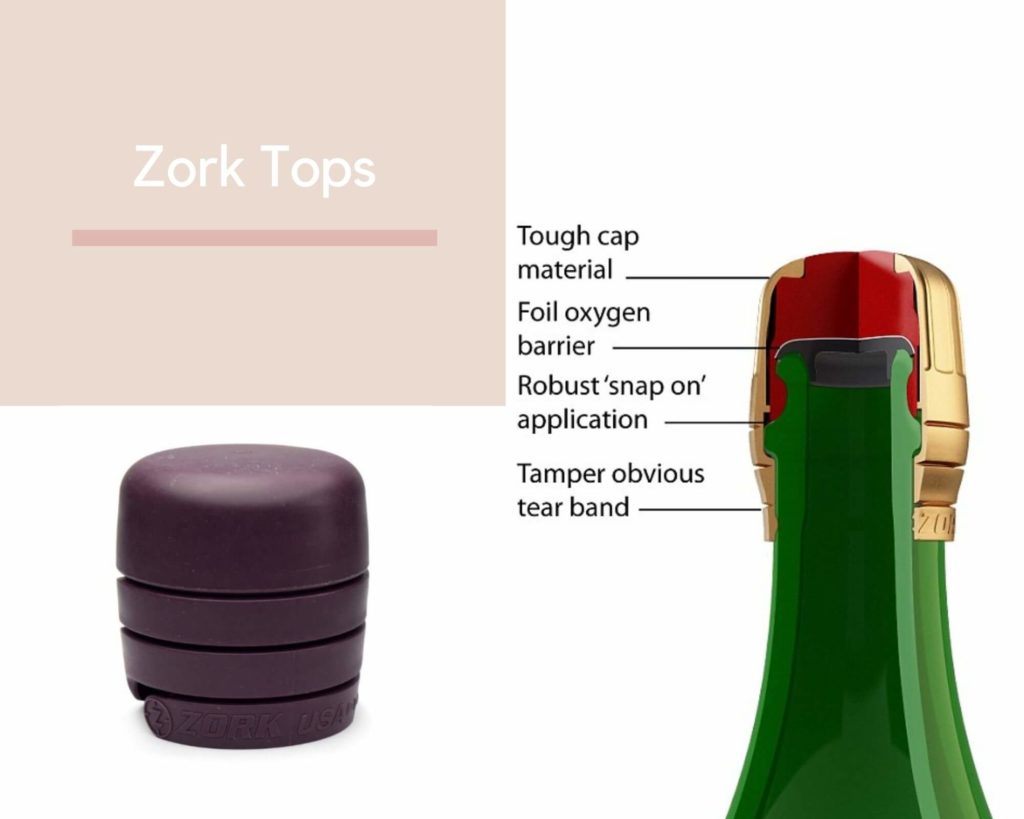 Hermetic Corks
Hermetic Corks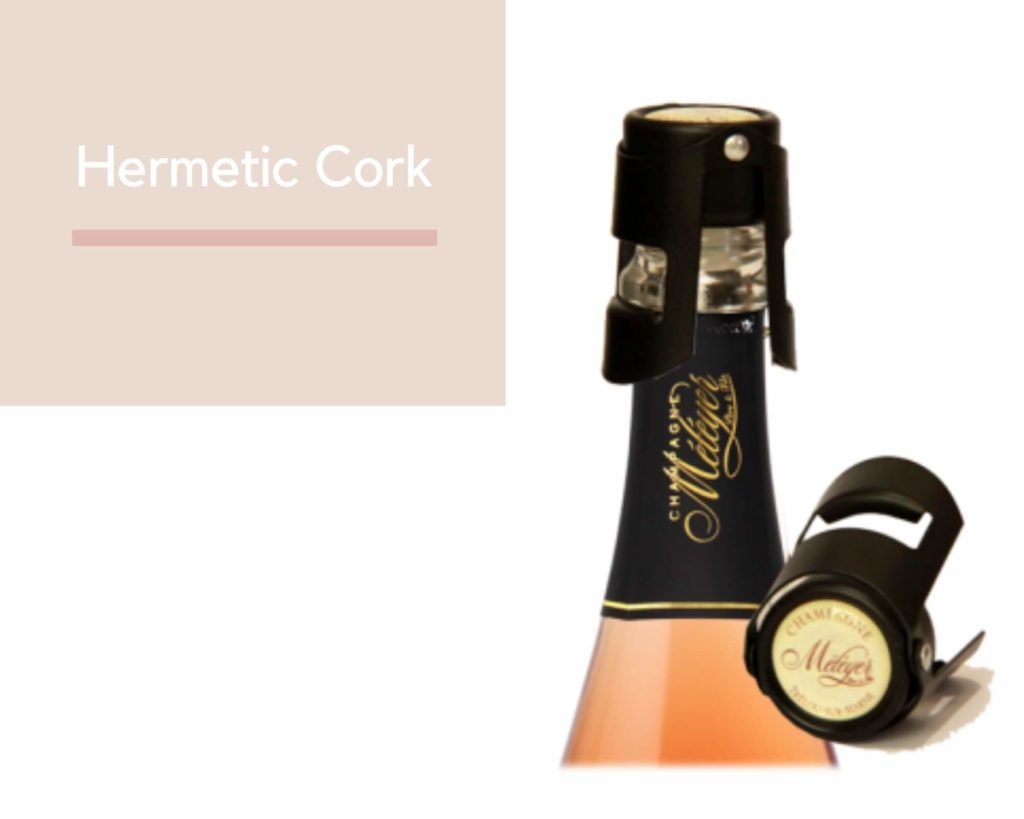 Helix wine closures
Helix wine closures
